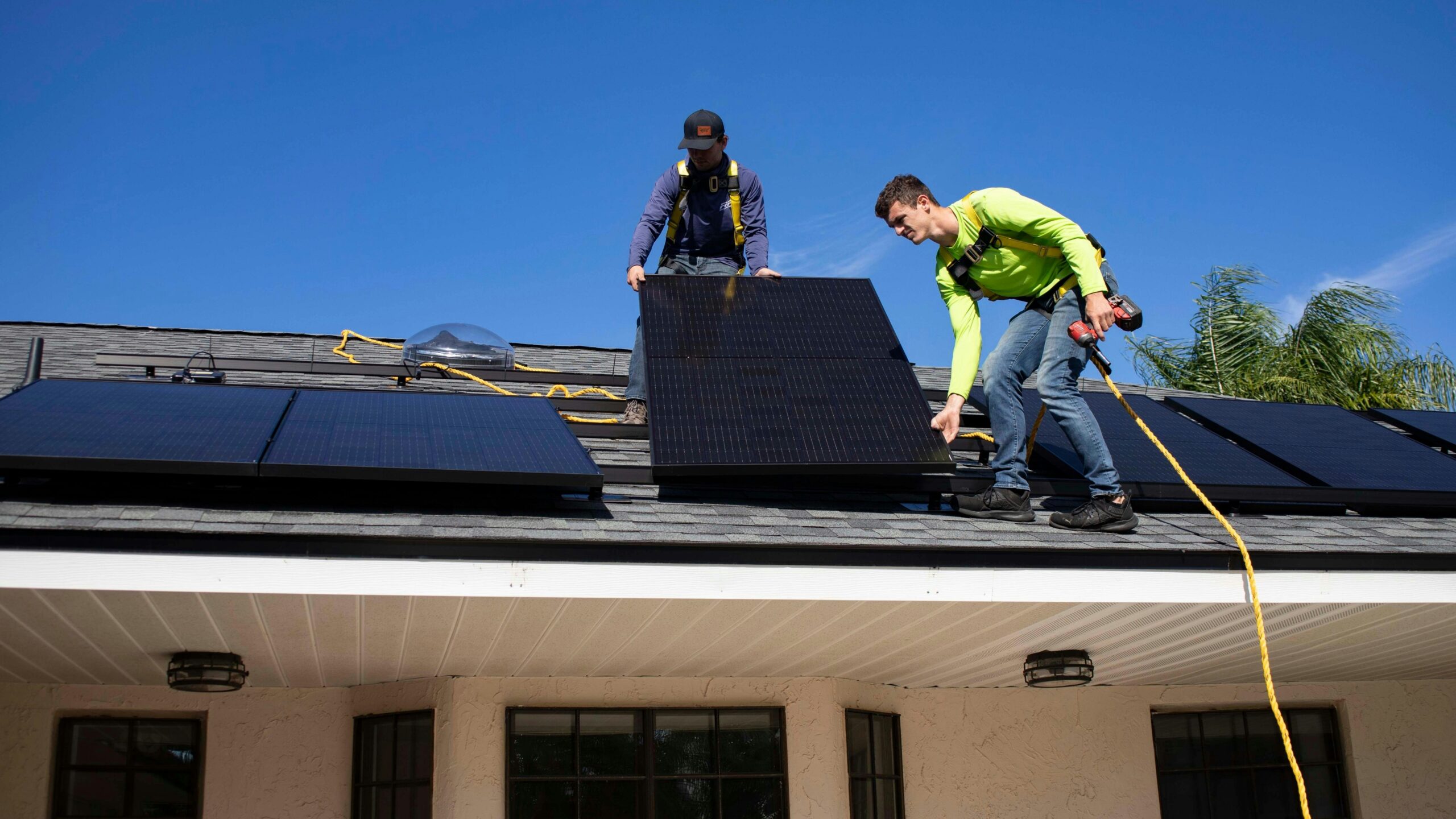Making the decision to install solar panels isn’t just about buying hardware; it’s about reshaping your relationship with energy, the environment, and your wallet. Many homeowners wonder whether the cost of installing solar is worth the long-term savings. This blog post breaks down that cost vs. savings question in a clear, human-focused way — and highlights why brands like Canadian Solar stand out when it comes to efficiency and reliability.
The Initial Investment: Breaking Down Costs
When you first look into solar, the upfront cost might seem overwhelming. You’re paying not just for the panels but also for inverters, mounting systems, labor, permits, and sometimes storage batteries. Depending on your location and the size of your system, the price can vary significantly.
For example, brands like Canadian Solar offer a range of panel options, from budget-friendly models to premium, high-efficiency choices. While premium panels may cost more initially, they often generate more power over time, which translates to bigger long-term savings. Therefore, understanding what you’re paying for — and how that investment performs — is key to seeing the full picture.
How Solar Saves You Money Over Time
Once your solar system is installed, the immediate benefit is lower electricity bills. You’re generating your own power, reducing (or sometimes eliminating) what you need to pull from the grid. Depending on your location, you might also benefit from net metering, where excess energy you produce is sold back to the grid, further lowering your costs.
What’s exciting is that these savings keep growing year after year. If you choose efficient panels, like those from Canadian Solar, you maximize your electricity production — meaning even higher bill reductions. Over 20–25 years, these savings can easily outweigh the initial investment, putting real money back into your pocket.
Finding the Breakeven Point
A key question many homeowners ask is: When will I break even on my solar investment? Typically, the breakeven point — when your savings match what you paid upfront — comes within 6 to 10 years. This depends on factors like local energy rates, available sunlight, and your system’s size and quality.
Panels from Canadian Solar often help speed up this breakeven process. Thanks to their high efficiency and durability, you can generate more electricity over the system’s lifespan, shortening the time it takes to start seeing pure profit. Once you hit that breakeven point, every extra year of savings goes straight to your bottom line.
Factors That Affect Long-Term Savings
Not all solar systems are created equal. Several factors influence just how much you’ll save over time. First, local electricity rates matter. The more you currently pay for electricity, the more you stand to save by switching to solar. In areas where energy costs are rising, these savings become even more pronounced.
Second, panel efficiency plays a huge role. Canadian Solar panels, known for their impressive efficiency ratings, ensure you get maximum energy output even in less-than-perfect conditions. That means you’re squeezing the most value out of every ray of sunlight, reducing your grid reliance, and boosting your long-term financial return.
Maintenance, Lifespan, and Unexpected Costs
Many people worry about maintenance — but here’s some good news. Solar panels generally require little upkeep. Occasional cleaning and routine system checks are often enough to keep them in top shape. However, components like inverters may need replacement after 10–15 years, so it’s wise to factor that into your long-term planning.
The lifespan of your panels is another critical piece. Most quality panels, including those from Canadian Solar, come with warranties guaranteeing at least 80% performance after 25 years. That’s decades of clean, low-cost energy production, making your initial investment a smart and reliable one.
Environmental Benefits and Property Value Boost
While much of this post focuses on dollars and cents, let’s not forget the environmental impact. By switching to solar, you dramatically reduce your carbon footprint, helping to slow climate change and protect natural resources. Every kilowatt-hour you generate from sunlight is one less produced from fossil fuels.
Moreover, solar panels often increase the value of your home. Buyers increasingly look for eco-friendly features, and studies show that homes with solar installations can sell faster and for higher prices. By choosing a reputable brand like Canadian Solar, you not only improve your energy savings but also enhance your property’s overall appeal.
Incentives, Rebates, and Policies to Watch
Government incentives and rebates can play a major role in reducing the upfront costs of solar. Many regions offer tax credits, grants, or net metering programs that boost your system’s financial returns. These policies can vary widely, so it’s worth doing research or consulting your installer about local offers.
Keep in mind that high-quality panels, like those from Canadian Solar, often qualify for better rebates or incentives because of their proven performance and certifications. That means choosing the right equipment can open the door to additional financial benefits you might miss with cheaper, lower-quality options.
Final Thoughts: Seeing the Full Picture
Understanding the cost vs. savings of solar panels over time is about more than just crunching numbers. It’s about seeing the bigger picture: long-term energy independence, environmental stewardship, and smart financial planning.
Yes, the upfront costs require careful thought, but the long-term benefits — especially when using reliable brands like Canadian Solar — can transform your household budget and your impact on the world. When you weigh it all together, solar isn’t just an investment in your home; it’s an investment in a better future.
